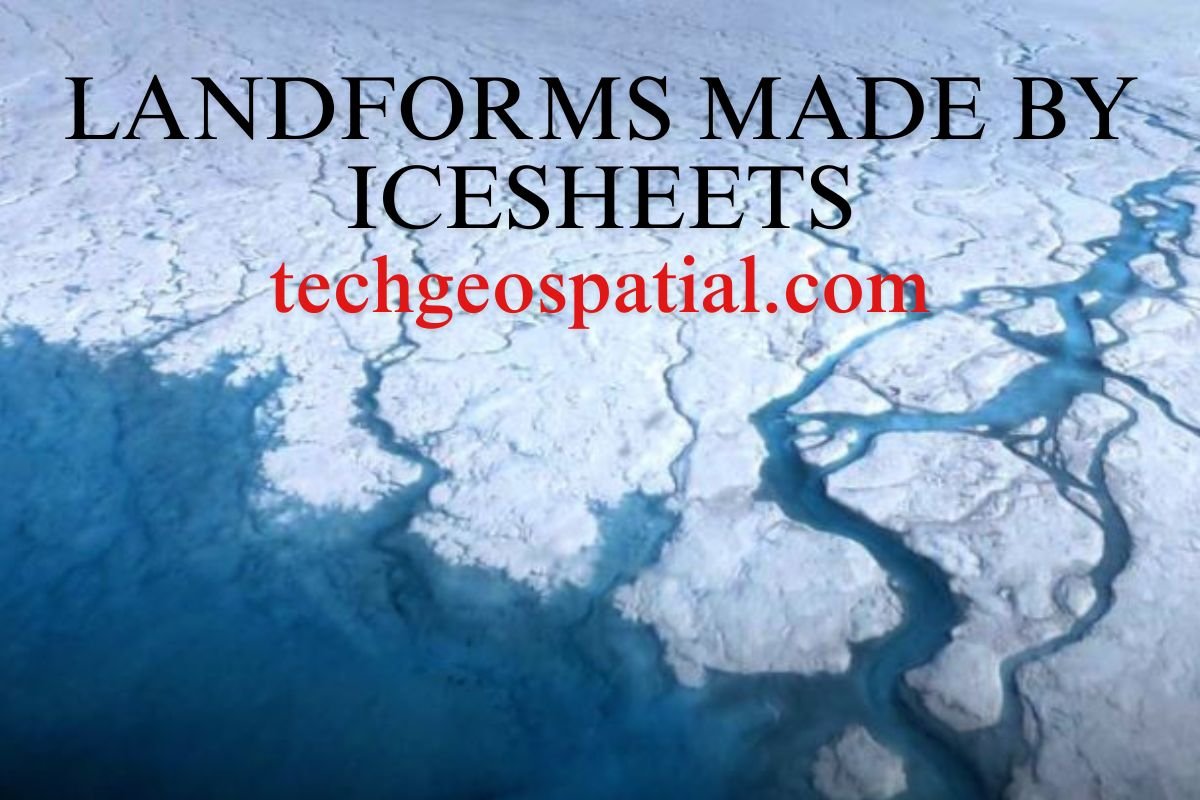Introduction
Welcome to a journey through the diverse climates of our planet! From the lush, rain-soaked jungles to the arid, sun-scorched plains, Earth boasts an array of climates that shape its landscapes and influence the lives of its inhabitants. In this article, we will delve into the characteristics, distribution, and significance of six distinct climate types: tropical wet, tropical monsoonal, subtropical steppe, Mediterranean, humid continental, and subarctic climates.
Tropical Wet Climate

Characteristics of Tropical Wet Climate
Tropical wet climates are characterized by their high temperatures, abundant precipitation, and lush vegetation. These regions typically experience warm temperatures year-round, with little seasonal variation.
Distribution of Tropical Wet Climate
Tropical wet climates are primarily found along the equator, encompassing regions such as the Amazon Rainforest in South America, the Congo Basin in Africa, and parts of Southeast Asia.
Flora and Fauna in Tropical Wet Climate
The rich biodiversity of tropical wet climates supports a vast array of plant and animal species. Dense forests teeming with life dominate these regions, providing habitat for countless species of plants, insects, birds, and mammals.
Impact of Tropical Wet Climate on Agriculture
While the abundant rainfall in tropical wet climates can be beneficial for agriculture, it also presents challenges such as soil erosion and nutrient depletion. Farmers in these regions must employ sustainable practices to maintain productivity.
Tropical Monsoonal Climate
Features of Tropical Monsoonal Climate
Tropical monsoonal climates are characterized by the seasonal reversal of winds, leading to distinct wet and dry seasons. These regions experience heavy rainfall during the monsoon season and drier conditions during the rest of the year.
Geographical Distribution of Tropical Monsoonal Climate
Tropical monsoonal climates are prevalent in parts of South and Southeast Asia, including India, Bangladesh, and Myanmar, as well as portions of Africa and Australia.
Flora and Fauna in Tropical Monsoonal Climate
The seasonal variation in rainfall in tropical monsoonal climates influences the distribution of plant and animal species. Adaptations to drought and flooding are common among the flora and fauna of these regions.
Economic Significance and Challenges
The seasonal rainfall patterns of tropical monsoonal climates have significant implications for agriculture, water resources, and infrastructure development. Flooding and droughts can pose challenges for communities in these regions.
Subtropical Steppe Climate
Characteristics of Subtropical Steppe Climate
Subtropical steppe climates are characterized by moderate precipitation and high temperature variation. These regions experience hot, dry summers and mild, wet winters.
Global Distribution of Subtropical Steppe Climate
Subtropical steppe climates are found in semi-arid regions around the world, including parts of North America, South America, Africa, and Australia.
Ecological Implications and Human Activities
The unique climate and vegetation of subtropical steppe regions support diverse ecosystems and agricultural activities. However, water scarcity and soil degradation are common challenges in these semi-arid environments.
Mediterranean Climate
Introduction and Characteristics
Mediterranean climates are characterized by mild, wet winters and hot, dry summers. These regions experience distinct seasonal patterns influenced by their proximity to the Mediterranean Sea.
Distribution and Features of Mediterranean Climate
Mediterranean climates are found along the coasts of the Mediterranean Sea, as well as in parts of California, Chile, South Africa, and Australia. The temperate climate supports a variety of agricultural crops and Mediterranean ecosystems.
Biodiversity and Agricultural Patterns
The Mediterranean climate fosters rich biodiversity, with diverse plant and animal species adapted to the seasonal rainfall patterns. Agriculture in these regions is centered around crops such as olives, grapes, and citrus fruits.
Humid Continental Climate
Overview and Features
Humid continental climates are characterized by warm summers, cold winters, and moderate precipitation throughout the year. These regions experience distinct seasonal changes and are influenced by continental air masses.
Geographic Distribution of Humid Continental Climate
Humid continental climates are found in the interior regions of continents, including parts of North America, Europe, and Asia. The diverse climate supports a variety of ecosystems, from temperate forests to grasslands.
Impact on Vegetation and Human Activities
The seasonal variation in temperature and precipitation in humid continental climates influences vegetation patterns and agricultural practices. Forests, grasslands, and agricultural crops thrive in these dynamic environments.
Subarctic Climate
Overview and Characteristics
Subarctic climates are characterized by long, cold winters and short, cool summers. These regions experience extreme temperature fluctuations and are often covered in snow for much of the year.
Geographic Distribution and Key Features
Subarctic climates are found in the northern regions of North America, Europe, and Asia, including Siberia and northern Canada. The harsh climate supports unique ecosystems adapted to cold temperatures and permafrost.
Adaptations and Challenges in Subarctic Climates
The extreme cold and short growing season of subarctic climates present challenges for both natural and human communities. Native plants and animals have evolved adaptations to survive in these harsh conditions, while human populations rely on specialized clothing, shelter, and subsistence strategies.
Conclusion
In conclusion, the diverse climates of our planet play a crucial role in shaping ecosystems, economies, and human societies. From the steamy jungles of the tropics to the frozen landscapes of the subarctic, each climate type presents its own challenges and opportunities. By understanding the characteristics and distribution of these climates, we can better appreciate the beauty and complexity of our world.
FAQs
-
What factors determine the characteristics of different climate types? Climate is influenced by factors such as latitude, altitude, proximity to oceans, and prevailing wind patterns.
-
How do humans adapt to living in extreme climates? Humans adapt to extreme climates through technological innovations, cultural practices, and behavioral adjustments.
-
What are some examples of crops grown in Mediterranean climates? Olive trees, grapevines, and citrus fruits are commonly grown in Mediterranean climates due to their tolerance for hot, dry summers and mild winters.
-
How does climate change impact different climate types? Climate change can alter precipitation patterns, temperature extremes, and ecosystem dynamics, affecting both natural and human systems.
-
Are there any regions on Earth that do not fit into any of the defined climate types? Yes, there are unique microclimates and transitional zones that exhibit characteristics of multiple climate types or defy classification altogether.






It’s remarkable to paay a quick visit this web site and reading the views oof all colleagues regarding tis article, while I am also zealous of
getting familiarity. https://waste-ndc.pro/community/profile/tressa79906983/